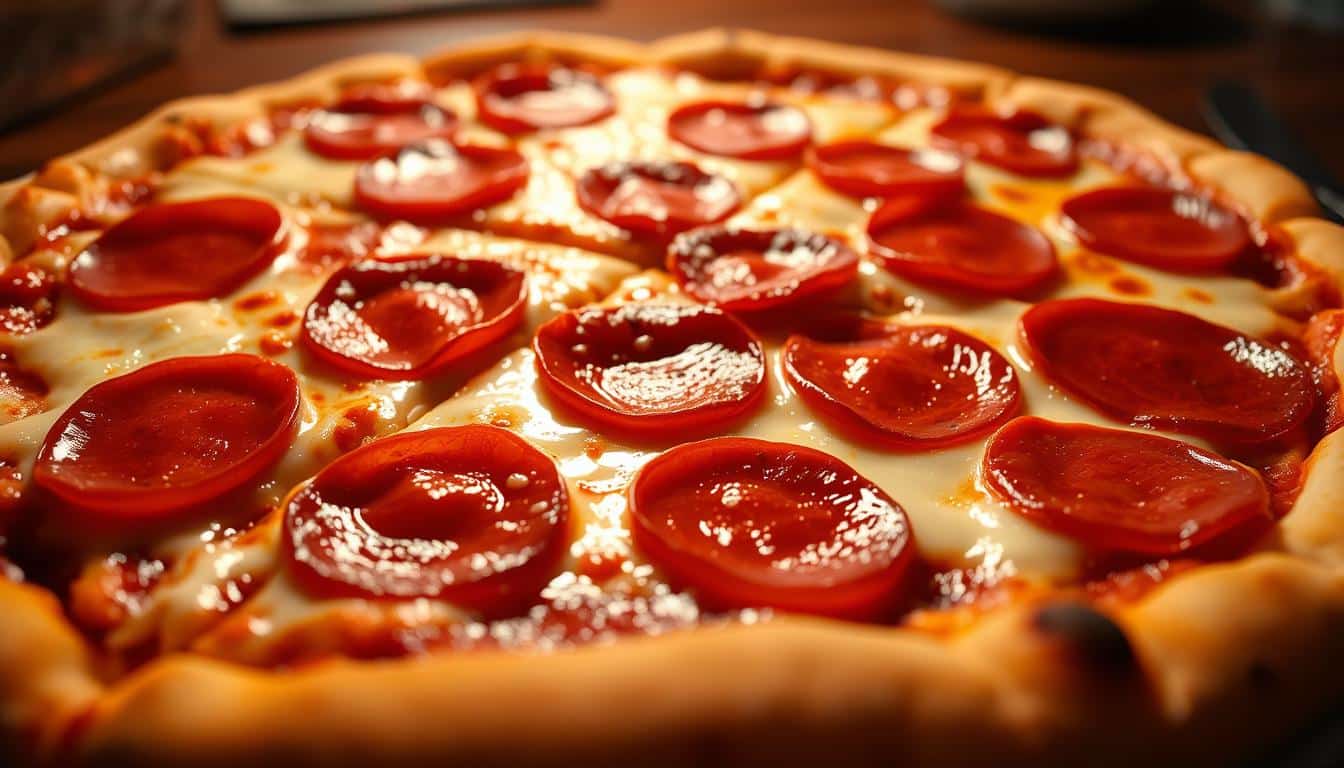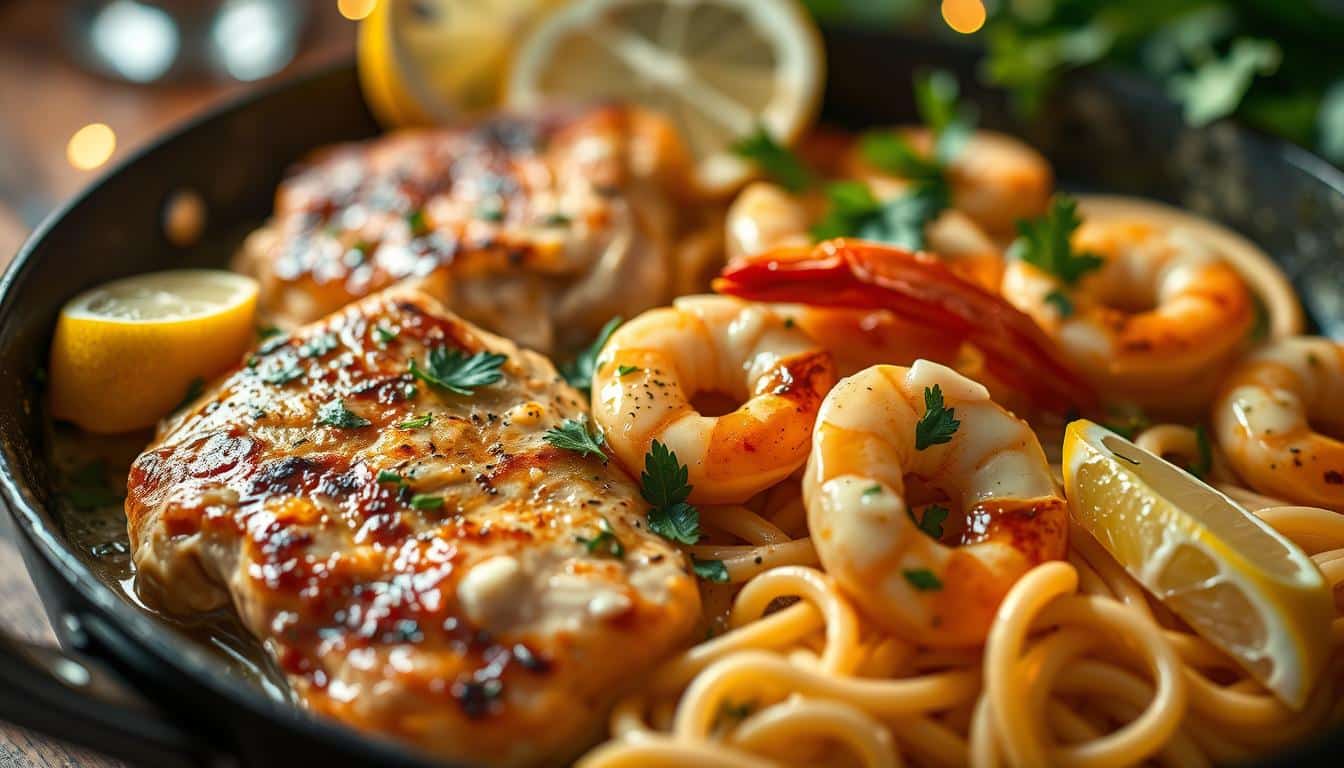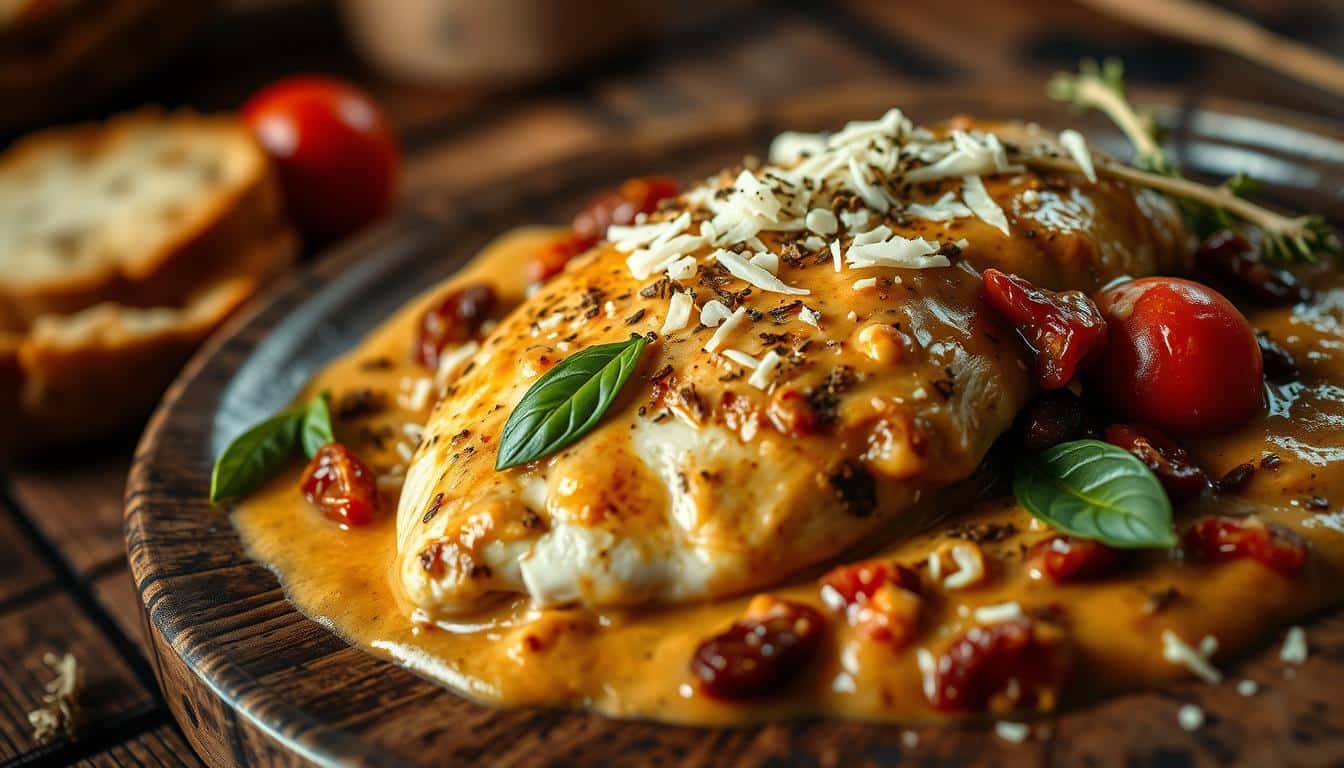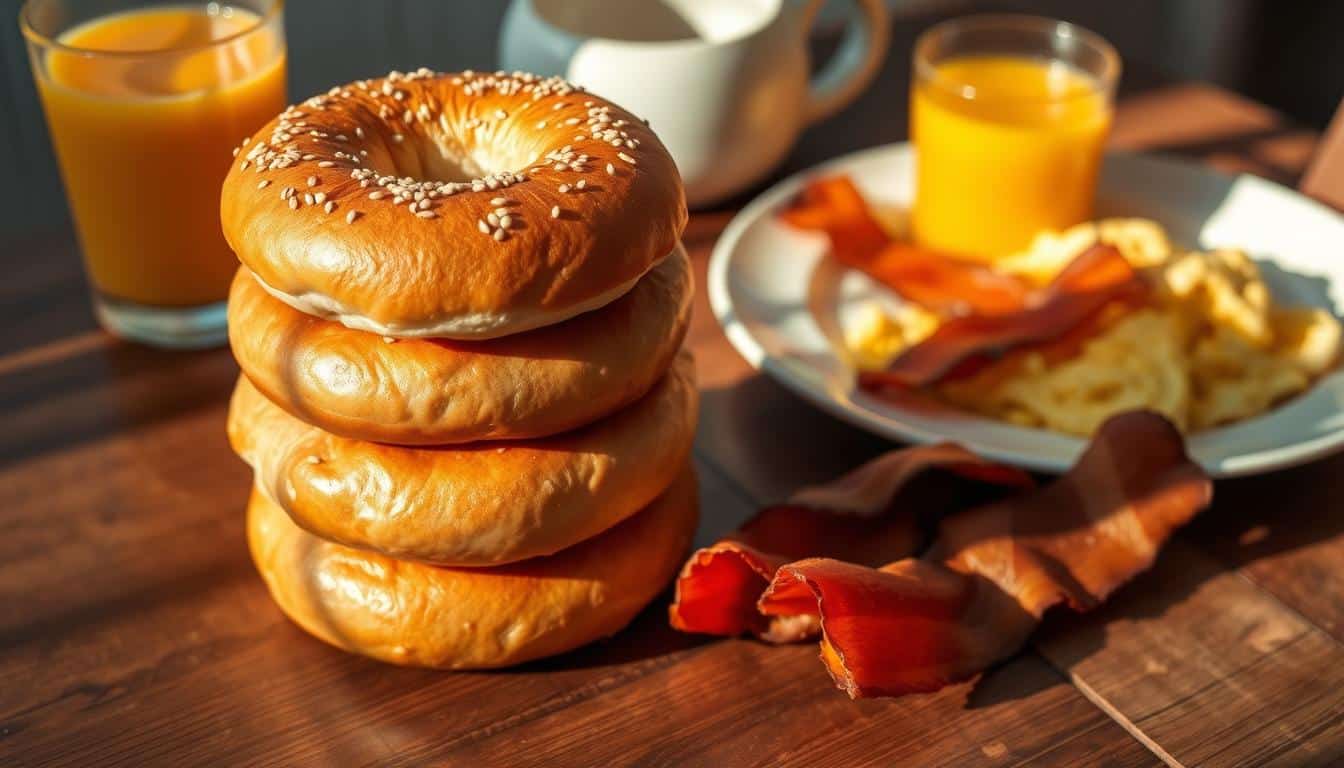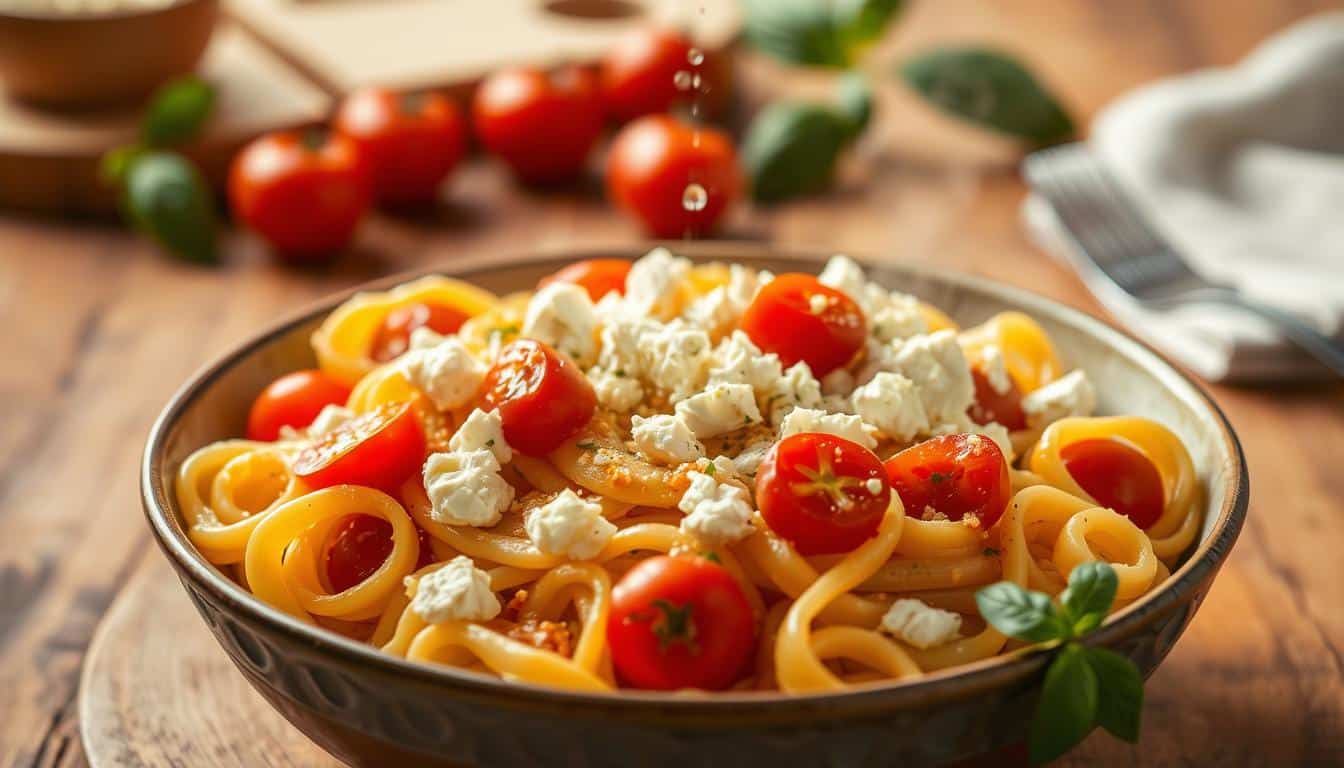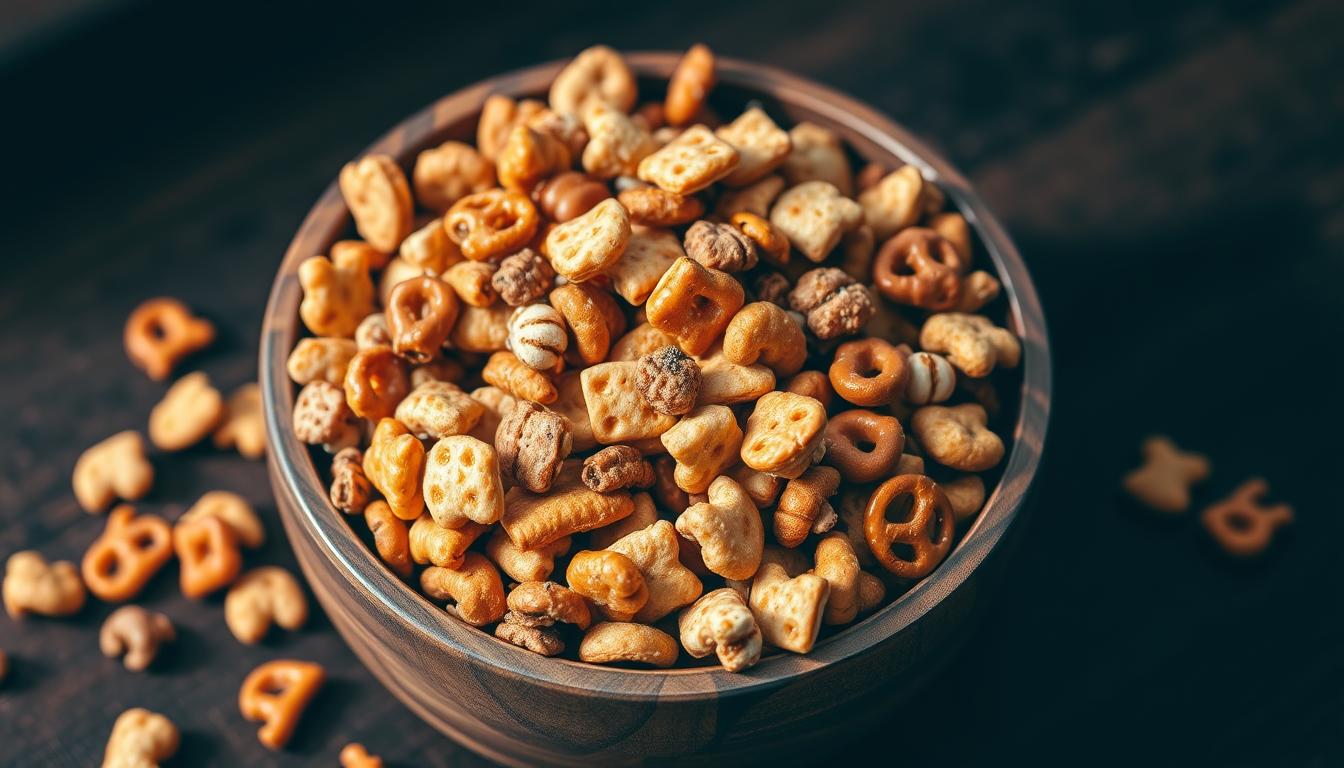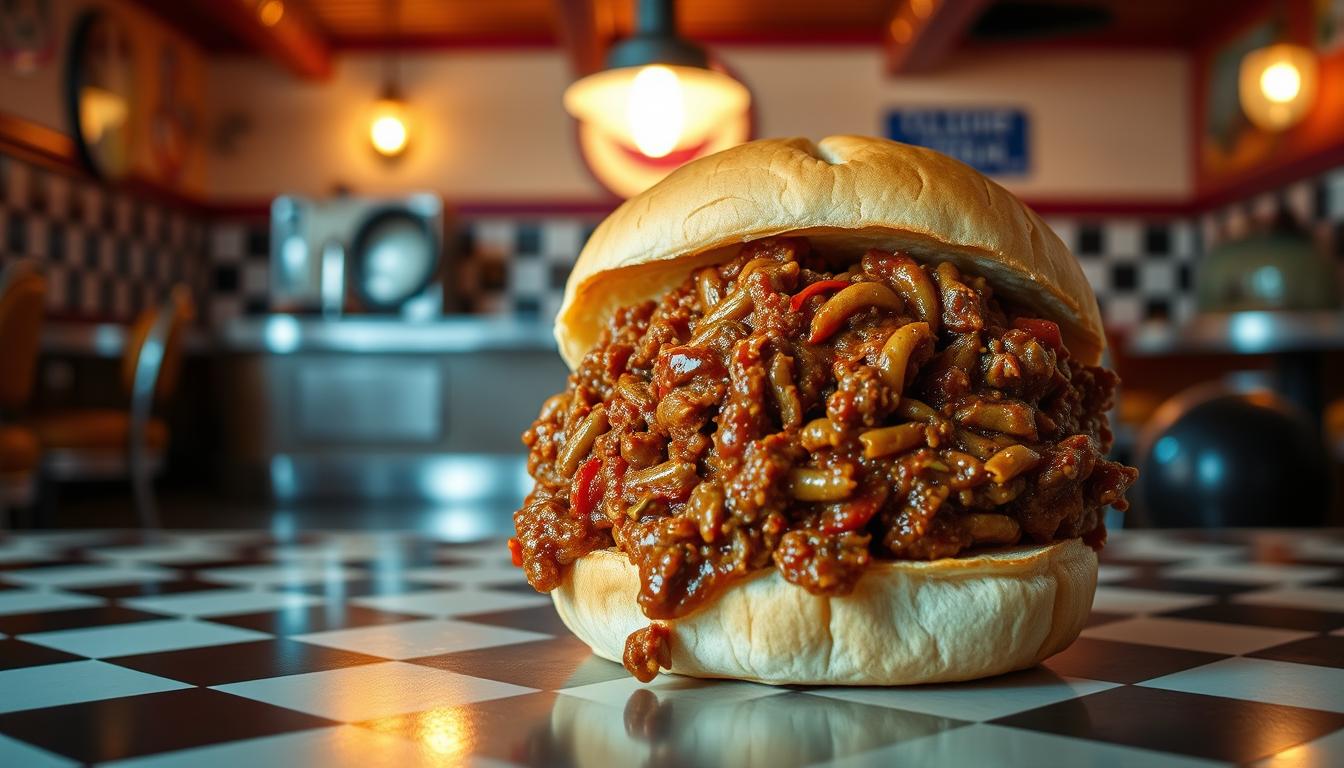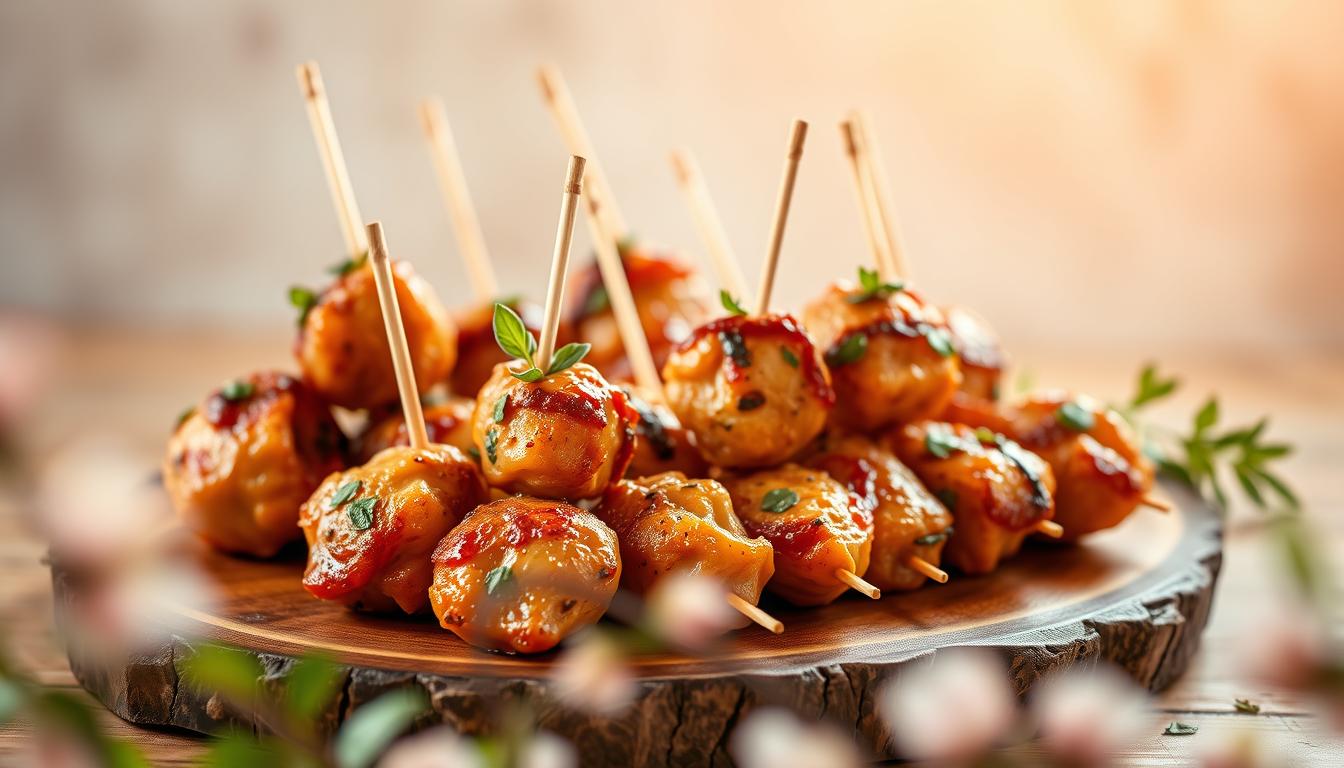Every great culinary adventure starts with a craving that won’t quit. For me, that journey began with an obsession for creating the perfect homemade pizza. I wanted a pepperoni pizza recipe that could rival any pizzeria in town. The kitchen became my playground, and after countless experiments, I discovered the art of crafting a pizza that makes your taste buds dance.
Making a pepperoni pizza from scratch isn’t just about food. It’s about creating memories, filling your home with irresistible aromas, and experiencing the pure joy of cooking. Whether you’re a kitchen novice or a seasoned home chef, this guide will walk you through every step of creating a restaurant-quality pepperoni pizza right in your own kitchen.
Key Takeaways
- Master the art of homemade pizza from scratch
- Learn professional techniques for perfect dough
- Discover insider tips for selecting premium ingredients
- Create restaurant-quality pizza in your home kitchen
- Impress family and friends with your culinary skills
Essential Equipment and Ingredients for Homemade Pizza
Making the perfect pepperoni pizza at home needs more than just love. You’ll need the right tools and top-notch ingredients. Knowing what’s essential can really help your pizza-making skills.
Before we get to the recipe, let’s look at the key tools and ingredients. They’ll make your homemade pizza go from good to amazing.
Must-Have Kitchen Tools
Having the right tools in your kitchen can make a big difference. Here are some must-haves:
- Pizza stone for crispy crusts
- Pizza peel for easy transfer
- Sharp pizza cutter
- Dough scraper
- Measuring cups and scales
Quality Ingredients Checklist
Your pizza’s ingredients are what make it delicious. Choose fresh, high-quality ones:
- Fresh mozzarella cheese
- Premium pepperoni
- Extra virgin olive oil
- Fresh herbs like basil
- Ripe tomatoes for sauce
Types of Flour and Their Effects
Choosing the right flour is key for the perfect dough. Different flours can change your pizza’s taste and texture:
| Flour Type | Protein Content | Pizza Characteristics |
|---|---|---|
| 00 Flour | 12-14% | Authentic Neapolitan-style thin crust |
| Bread Flour | 12-14% | Chewy, sturdy crust with good structure |
| All-Purpose Flour | 10-12% | Versatile, balanced texture |
Pro tip: Try different pizza flours to find your favorite crust texture and taste.
Perfect Pizza Dough Recipe
Making the perfect homemade pizza crust is an art. It turns your pizza into something truly special. You need precision, patience, and the right ingredients to master it.
To begin, gather these essential ingredients:
- 4 cups bread flour
- 1 teaspoon sugar
- 2 1/4 teaspoons active dry yeast
- 1 1/2 cups warm water
- 2 tablespoons olive oil
- 1 teaspoon salt
The kneading process is key to a great crust. First, mix yeast with warm water and sugar. Wait 5 minutes for it to foam. This step helps your dough rise well.
Next, mix flour and salt in a big bowl. Make a well and add the yeast mix and olive oil. Knead for 8-10 minutes until it’s smooth and elastic. Pro tip: The dough should spring back when you press it gently.
Let your dough rise in a warm, draft-free spot. Cover it with a damp cloth for 1-2 hours. It should double in size, showing it’s ready for shaping and toppings.
With your homemade pizza crust ready, you’ve got a base that rivals any pizzeria. The secret is practice and knowing how ingredients combine for that perfect texture.
Mastering the Pizza Sauce
Making the perfect pizza sauce is an art that can make your homemade pizza amazing. A tasty homemade marinara sauce is key, adding depth and flavor to every bite.
For an outstanding pizza sauce, choose top-notch ingredients and find the right flavor mix. Fresh ingredients are crucial for a better taste and quality.
Classic Marinara Base
Your pizza sauce starts with a few must-haves:
- San Marzano tomatoes
- Extra virgin olive oil
- Fresh garlic
- Kosher salt
- Fresh basil leaves
Seasoning Your Sauce
Enhance your homemade marinara sauce with these herbs and spices:
| Herb/Spice | Flavor Profile | Recommended Amount |
|---|---|---|
| Dried Oregano | Earthy and slightly bitter | 1 teaspoon |
| Red Pepper Flakes | Subtle heat | 1/4 teaspoon |
| Fresh Basil | Sweet and peppery | 2-3 leaves, chopped |
Storage Tips
Keep your homemade marinara sauce fresh by storing it right. Use an airtight container in the fridge for up to 5 days, or freeze for longer.
Pro tip: Cool the sauce fully before storing to stop bacterial growth and keep the taste great.
Choosing the Right Pepperoni
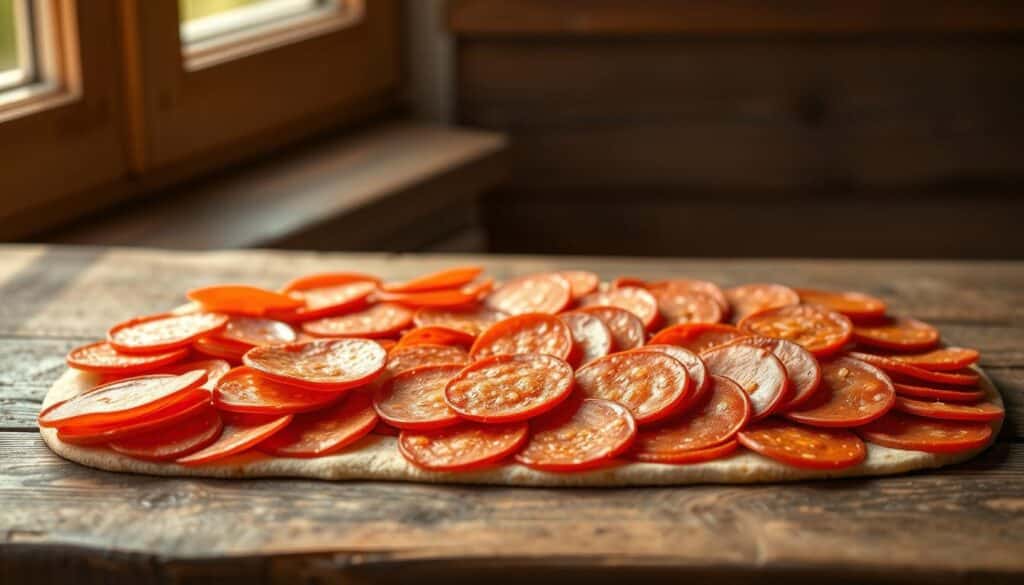
Choosing the right pepperoni can make your homemade pizza amazing. The best pepperoni for pizza depends on several key factors. These factors affect the flavor and texture.
When looking at pepperoni varieties, focus on a few important traits:
- Spice level: From mild to fiery hot
- Fat content: Determines crispiness and flavor
- Curing method: Impacts overall taste profile
There are two main types of pepperoni: American and Old World. American pepperoni is smoother and milder. Old World pepperoni is spicier and more intense.
When picking top-quality pepperoni, consider these:
- Meat quality: Choose pepperoni made from high-grade beef and pork blends
- Spice blend: Authentic peppers and paprika add deeper flavors
- Curing process: Natural curing methods make the taste more complex
For pizza lovers wanting the best, try artisanal and small-batch pepperoni. These offer unique flavors that make your homemade pizza taste like it’s from a restaurant.
The Best Cheese Combinations
Choosing the right pizza cheese blends can make a simple pepperoni pizza into a masterpiece. The key to a great pizza is knowing how cheeses work together. They should enhance each other’s flavors.
Mozzarella is the classic choice for pizza. It melts well and tastes mild. When picking mozzarella, you have two main types:
- Fresh mozzarella: Soft, creamy, with lots of moisture
- Low-moisture mozzarella: Firmer, melts better
Mozzarella Selection Guide
Look for mozzarella that’s just right. It should stretch well and taste great. Here’s what to look for:
- High fat content (around 16-18%)
- Smooth, uniform texture
- Bright white color
Complementary Cheese Options
While mozzarella is key, adding other cheeses can make your pizza even better. Try these great combinations:
- Provolone: Adds sharpness and depth
- Parmesan: Brings nutty, aged complexity
- Fontina: Provides creamy, rich undertones
Pro tip: Don’t be afraid to mix and match different cheeses. The right blend can make your pepperoni pizza unforgettable.
Pepperoni Pizza Recipe
Making the perfect homemade pepperoni pizza is simpler than you think. This recipe will guide you to create a tasty meal that’s as good as any pizzeria. First, get your ingredients ready and preheat your oven to the right temperature.
Ingredients You’ll Need
- 1 pre-stretched pizza dough
- 1/2 cup homemade pizza sauce
- 2 cups shredded mozzarella cheese
- 4 ounces sliced pepperoni
- Olive oil for brushing
- Dried oregano for garnish
Step-by-Step Preparation
- Preheat your oven to 475°F with a pizza stone or baking sheet inside
- Spread pizza sauce evenly across the dough, leaving a small border
- Sprinkle mozzarella cheese generously
- Arrange pepperoni slices in a single layer
- Brush the crust edges with olive oil
- Bake for 12-15 minutes until crust is golden and cheese is bubbly
Your homemade pepperoni pizza will come out with a crispy crust, melted cheese, and perfectly cooked pepperoni. The secret to a great pizza is using top-notch ingredients and following the steps carefully.
Pro Tips for Perfect Pizza
- Use room temperature ingredients for best results
- Don’t overload toppings to prevent soggy crust
- Let pizza rest for 2-3 minutes after baking
Make your pepperoni pizza recipe your own by trying different cheese mixes or adding extra herbs. Every homemade pepperoni pizza is a tasty journey waiting to be explored!
Proper Dough Stretching Techniques
Pizza dough stretching is an art that sets apart amateur cooks from pros. It takes practice, patience, and the right approach. Your goal is to make a thin, even pizza base that cooks well and tastes great.
Before stretching your pizza dough, let it rest at room temperature for about 30 minutes. This relaxes the gluten, making the dough easier to stretch.
Hand Stretching Methods
Professional pizza chefs use several techniques for hand-tossed pizza:
- Gravity Stretch: Let the dough hang and rotate, allowing its weight to naturally expand
- Knuckle Stretch: Carefully drape dough over your knuckles and gently pull outward
- Circular Rotation: Gently spin the dough in the air while allowing it to stretch
Common Stretching Mistakes
| Mistake | Consequence | Solution |
|---|---|---|
| Overworking the Dough | Tough, Chewy Crust | Handle gently, minimal manipulation |
| Cold Dough | Difficult to Stretch | Let dough rest at room temperature |
| Uneven Thickness | Inconsistent Cooking | Rotate and stretch evenly |
Remember, pizza dough stretching takes practice. Don’t get discouraged if your first attempts aren’t perfect. With time, you’ll make restaurant-quality pizzas in your own kitchen.
Pizza Assembly and Layering Order
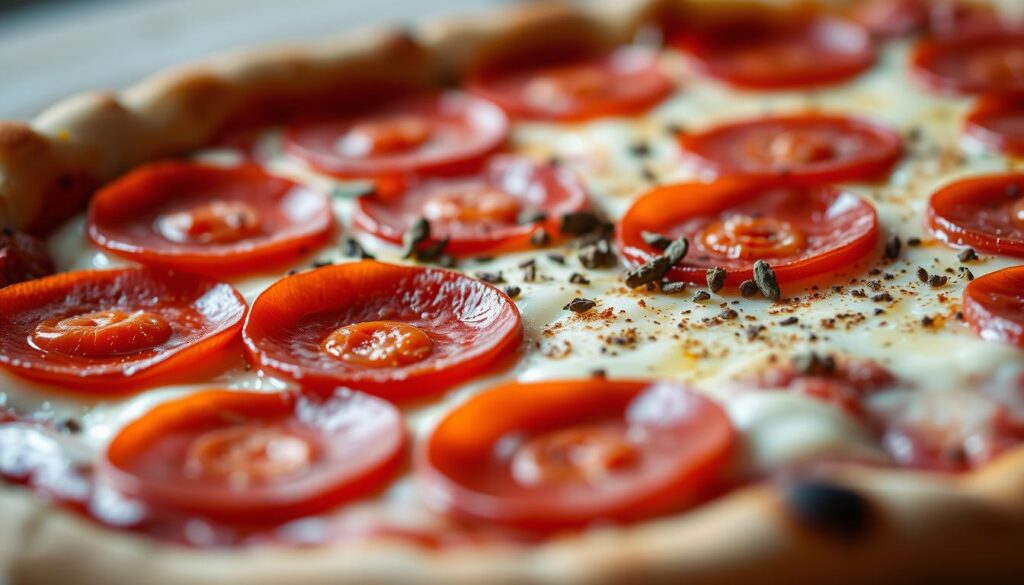
Mastering the pizza topping order is key to making a tasty homemade pizza. The order in which you layer your ingredients greatly affects the pizza’s taste and texture.
Begin with a well-prepared pizza dough as your base. Knowing the right order for each ingredient is crucial for a great pizza.
- First layer: Thin spread of sauce
- Second layer: Cheese base
- Third layer: Pepperoni placement
- Final layer: Additional cheese or herbs
Your sauce should be a thin, even layer that doesn’t overpower the dough. Spread it carefully, leaving a small border for the crust. Cheese distribution matters significantly for that perfect melt and coverage.
| Layer | Recommended Technique |
|---|---|
| Sauce | Spread in circular motion from center |
| Cheese | Even coverage, slight overlap |
| Pepperoni | Slight spacing between slices |
When placing pepperoni, aim for even distribution. Avoid overcrowding to ensure even cooking and crisp edges. A well-thought-out pizza topping order makes every bite flavorful.
Baking Temperature and Timing
Making the perfect pepperoni pizza needs focus on temperature and the right cooking surface. The secret to a crispy, tasty pizza is knowing how heat changes your ingredients into a delicious meal.
The best pizza baking temperature is between 450-500 degrees Fahrenheit. This heat makes the crust crispy and the toppings cook well.
Oven Preparation Essentials
Getting your oven ready is key for a great pizza. Here’s what to do:
- Preheat your oven for at least 30 minutes
- Position the rack in the lower third of the oven
- Use an oven thermometer to check the temperature
- Preheat pizza stones longer
Pizza Stone vs. Baking Sheet: Choosing Your Cooking Surface
Choosing between a pizza stone and a baking sheet has its benefits:
| Pizza Stone | Baking Sheet |
|---|---|
| Absorbs and distributes heat evenly | More accessible and affordable |
| Creates crispier crust | Easy to store and clean |
| Mimics professional pizza oven conditions | Works well for beginners |
Pro tip: If using a pizza stone, put it in the oven while it’s preheating. For baking sheets, a little olive oil can help get a crispy bottom.
Try both surfaces to find what works best for you. The right method can make your homemade pepperoni pizza amazing.
Finishing Touches and Garnishes
To make your homemade pepperoni pizza truly special, focus on the finishing touches. The right garnishes can turn a basic pizza into a feast for the eyes and taste buds.
Begin by picking fresh, top-notch garnishes that match the pepperoni’s rich taste. Here are some great options:
- Fresh basil leaves for a vibrant green accent
- Red pepper flakes for a spicy kick
- Extra virgin olive oil drizzle
- Freshly grated Parmesan cheese
- Chopped fresh oregano
Adding garnishes is more than just making it look good. Each one should boost the pizza’s flavor and offer a delightful experience. A drizzle of high-quality olive oil can add a luxurious touch and a bit of richness.
For a great look, cut your pizza into equal triangles. Use a sharp cutter or a large chef’s knife for clean cuts. Add your garnishes right before serving to keep them fresh and colorful.
Pro tip: Try out different garnishes to find your favorite mix. Some like crushed red pepper, while others prefer fresh arugula for a peppery taste.
Conclusion
Making the perfect pepperoni pizza at home is more than cooking. It’s an art that mixes skill, passion, and creativity. By following this guide, you’ve learned how to make pizzas as good as those in restaurants. These tips will help you create many more tasty meals.
Your pizza-making journey doesn’t stop with pepperoni. The skills you’ve gained can be used for many different pizzas. Try new cheeses, toppings, and make each pizza your own.
Practice is key to getting better. Every pizza you make will help you improve. Soon, you’ll be making pizzas like a pro. Your kitchen is now a place where you can make amazing meals for family and friends.
The world of homemade pizza is endless. Keep trying new things, stay curious, and enjoy making your own food. Your pizza-making adventure is just starting.
